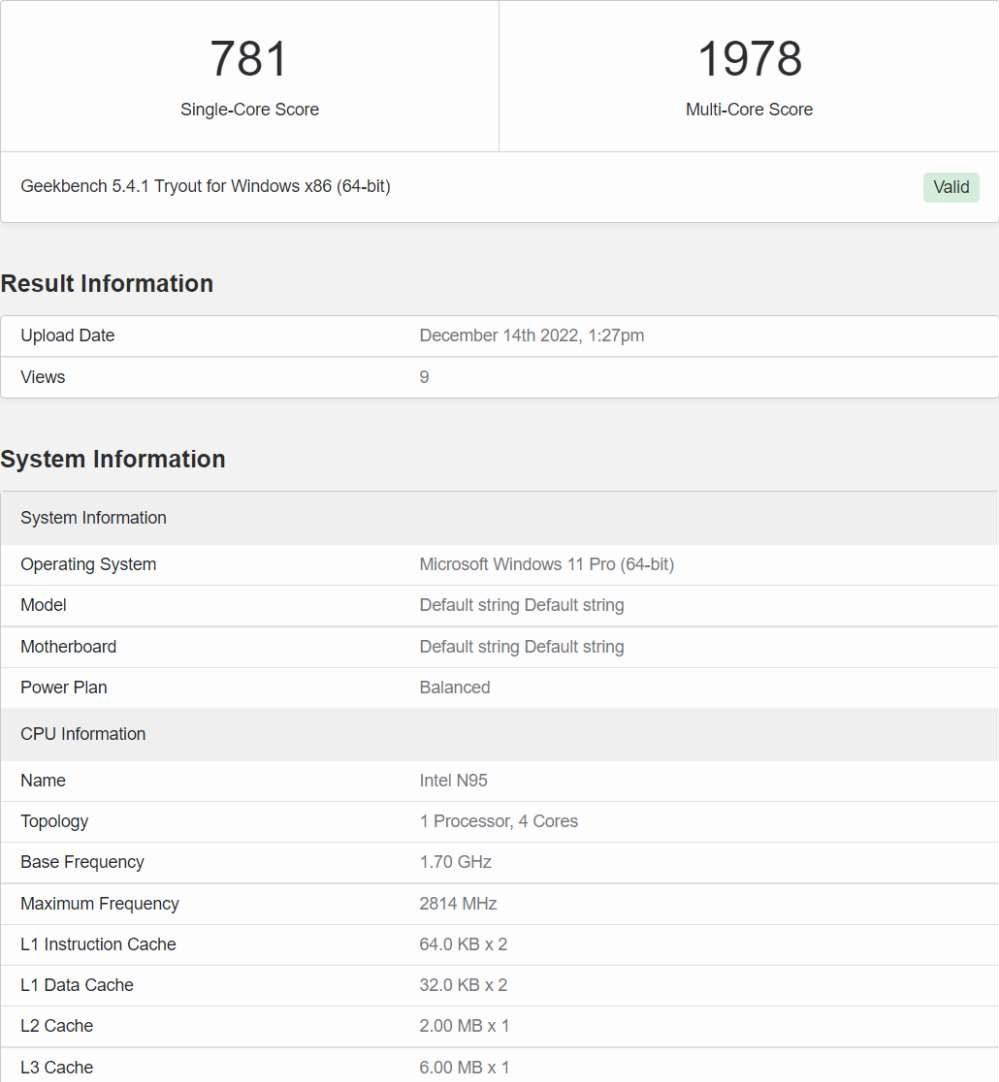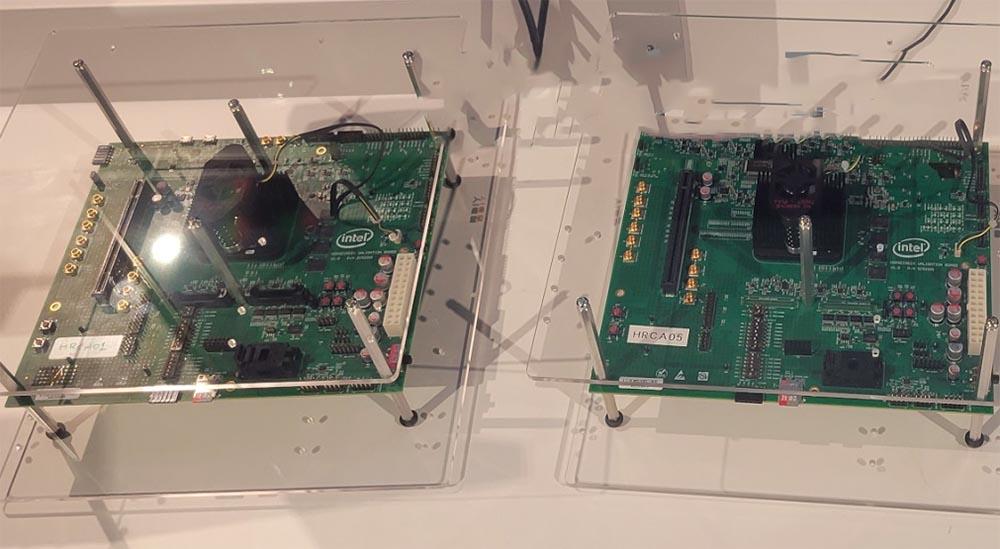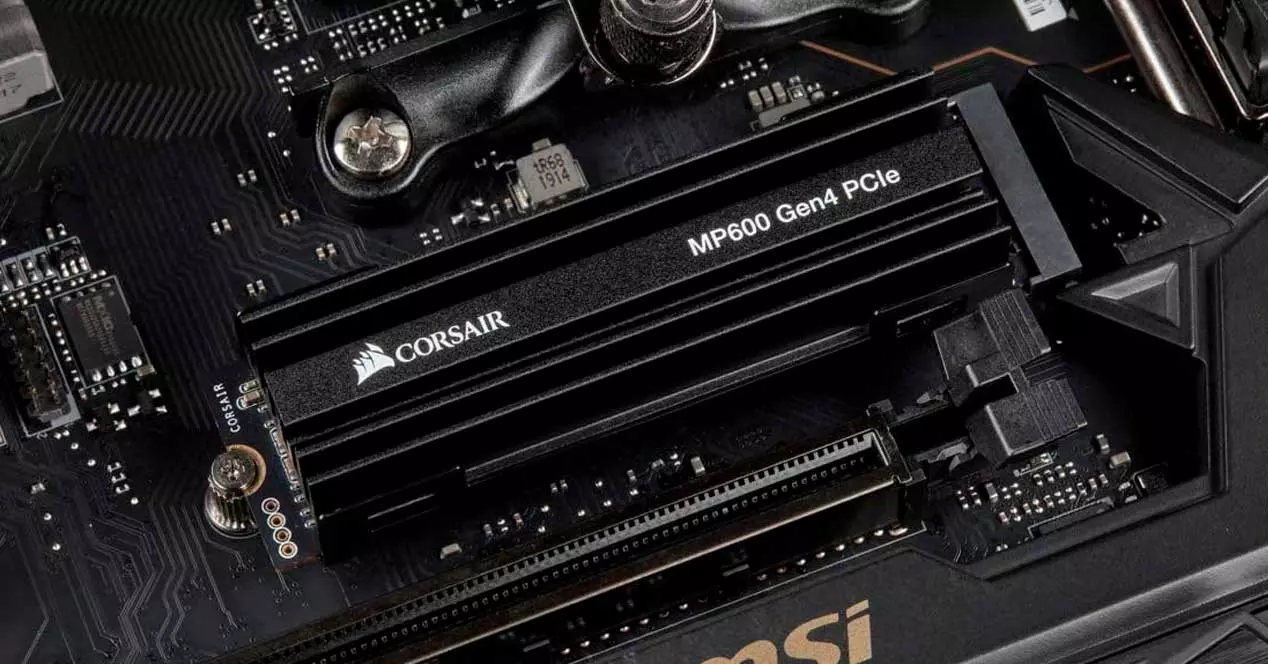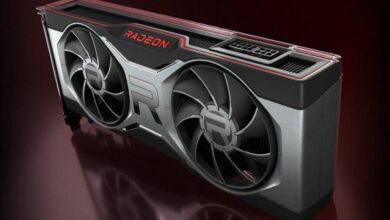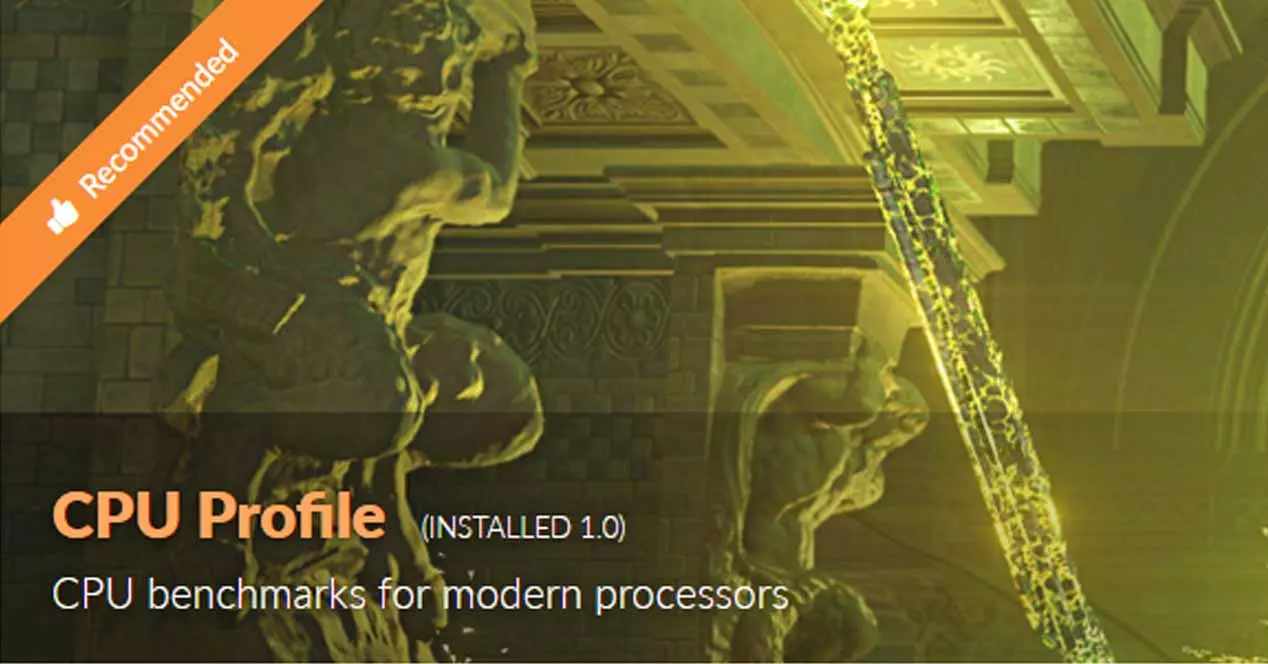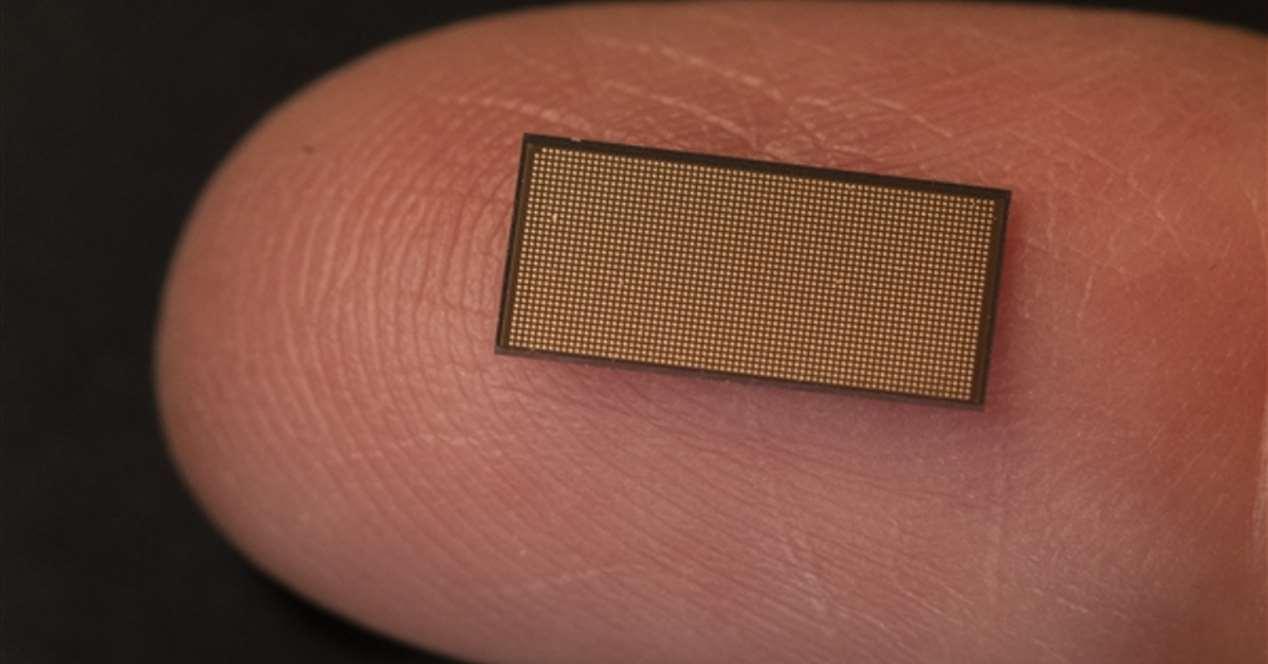
Not all computer systems require a high performance processor and many times a low consumption one is enough for us. Unfortunately, the war for the maximum performance of Intel against AMD has meant that these types of processors have been abandoned. Which has made CPUs with register sets and ARM instructions have taken positions. That is why Pat Gelsinger’s company wants to recover lost ground and wants to revive the Atom with a new processor, the N95.
One of the biggest fiascoes in the world of computing and the one that is considered the biggest failure for Intel, is not having a low-power processor that would allow it to make mobile phones, tablets or SmartTVs have an x86 processor. inside. The good news is that the vast majority of wafers go to PC processors where Intel makes higher margins. One only has to see the terrible state of health of ARM Holdings due to the little money they get for licensing their technology to third parties, which has led them to back down. So many people believed that Intel would abandon this market and with it the development of its most modest processors under the Intel Atom brand.
This is the Intel N95 processor, the first Atom in a long time
Not everything was going to be i-something on the part of the company founded by Gordon Moore and against all odds it seems that they are going to manufacture their Atom processors again. His release? Well, it could be coming soon and we may see some ultra-thin and ultra-light laptops unveiled at CES. Are we approaching the era of laptops weighing less than 1 kg? Well, this is what they would look for with the N95 processor. Which has been possible in the results of the Geekbench 5 benchmark
What is your architecture? Well, it would use four Gracemont cores, a name that if it makes you look like you don’t know it, we will tell you that they are the E-Cores of the Intel Core 12, those chips with lower performance, but also smaller, which are also known as E- Cores. Which will work at very, very low frequencies. So it will not end up in multimedia workstations and not in gaming computers, but in much more modest systems. Specifically, the specifications that we know are:
- 4 Gracemont cores, E-Cores.
- 1.7 GHz base speed.
- 2.8GHz Boost speed.
- 2MB L2 cache
- 6MB L3 cache
Could we see a Raspberry Pi from Intel?
What we don’t expect is a complete chip that includes all the necessary elements except RAM and storage. That is, it has even a small integrated graphics. This is obviously going to be a very small chip that we don’t expect to see for any desktop PC socket. However, we must clarify that we would like to see a Raspberry Pi-style SBC with which to do projects like the famous board, but with the advantages of having an x86 ecosystem.
Let’s not forget that as much as the Pi seems to us, a banality or something for geeks, it has managed to permeate without problems within the educational market and is used in many industries. Those are large-scale contracts that any company is going to want, and Intel has the ability to not only manufacture, but to support a project of this type on a large scale. While it wouldn’t be the first x86 based SBC, just the fact that it would be done on a large scale would be interesting to see. Especially since it would allow loading the same applications and the ecosystem of the PC.
And this is not speculation, it is something that was already shown a few months ago, under the code name of Horse Creek.
